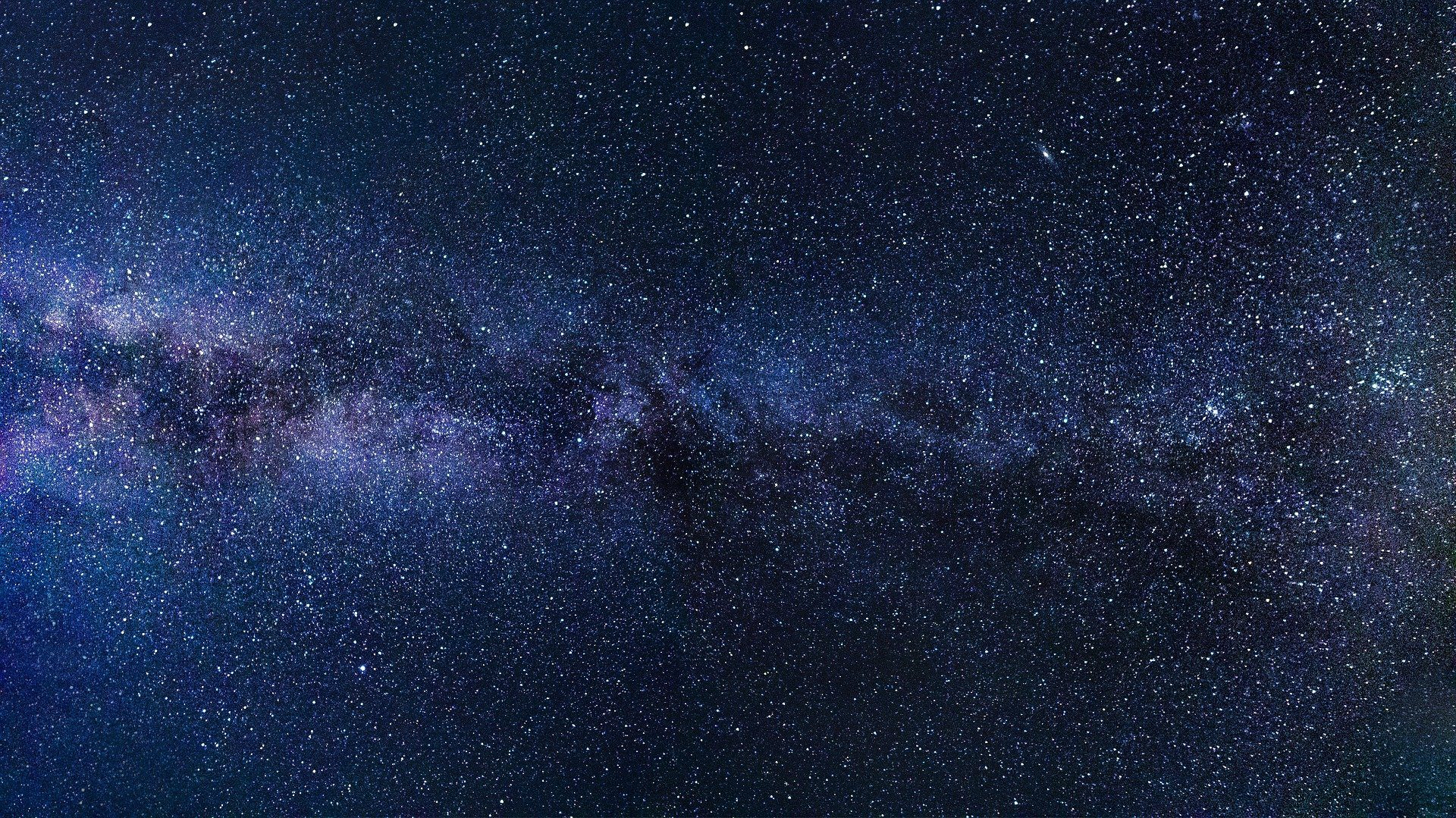
The European Space Agency has published the first edition of a map of more than 1.8 billion celestial objects in our galaxy, observed with unmatched precision by the Gaia Space Telescope.
The event was expected by the thousands of scientists around the world who daily search the data from the telescope put into orbit by the European Space Agency (ESA) in 2013.
Gaia is stationed 1.5 million kilometers from Earth, opposite the direction of the Sun, to better protect itself from its radiation. Sheltered under a hood that shields the impacts of micrometeorites, its two optics sweep the space slowly, with a complete turn in six hours.
The telescope detects and observes a very small part of the stars in our galaxy, which has a diameter of 100,000 light years, and beyond. Its catalog lists a host of celestial objects, ranging from all known varieties of stars, exoplanets and asteroids, to the interstellar medium and galactic clouds close to our Milky Way.
These observations, detected by an assembly of photo cells of almost a gigapixel, make it possible to locate their position, distance and displacement. With the measurements of their physical characteristics, scientists can better understand the phenomena of formation and evolution of stars and our galaxy.
After a first catalog in 2016, it is thanks to the second, delivered in 2018 with 1.7 billion sources, that scientists have determined, for example, that our Milky Way had merged with another galaxy ten billion years ago. . It is therefore a third catalog which is unveiled Thursday.
Gaia has brought about a revolution in knowledge , Catherine Turon, astronomer emeritus at the Paris-PSL Observatory, a pioneer of space astrometry and involved in the mission from its beginnings, told AFP. One of these intergalactic collisions matches the age of our solar system, leading to the hypothesis that with each collision there is an outbreak of star formation, of which our Sun is a part.











Leave a Reply